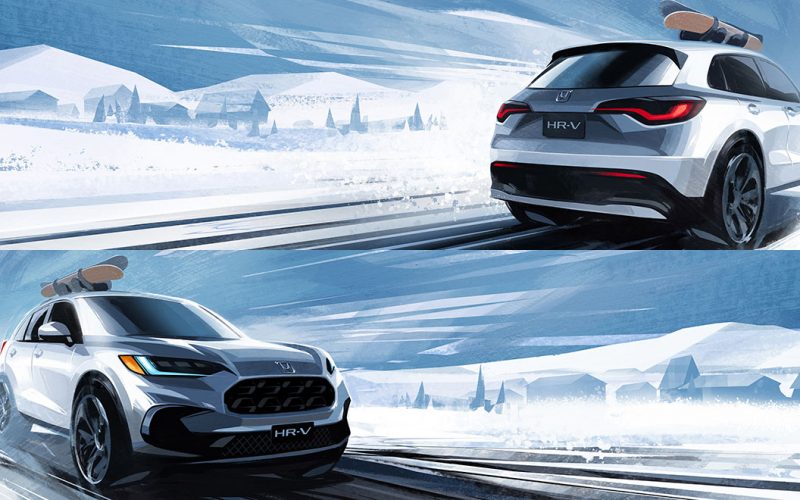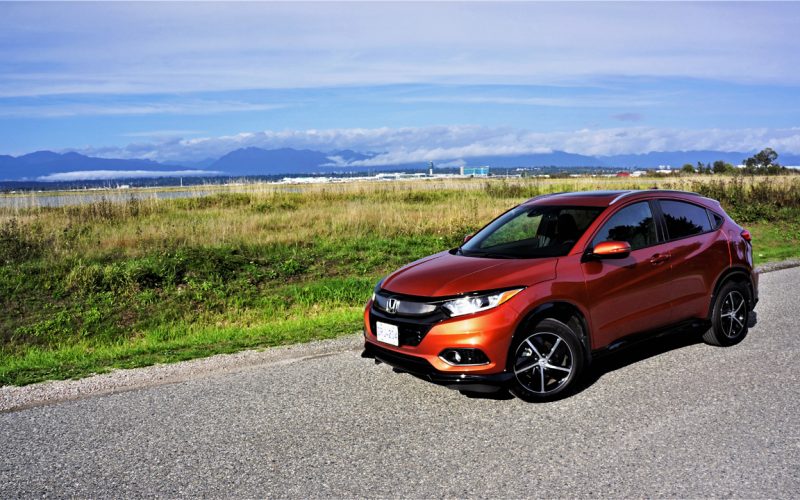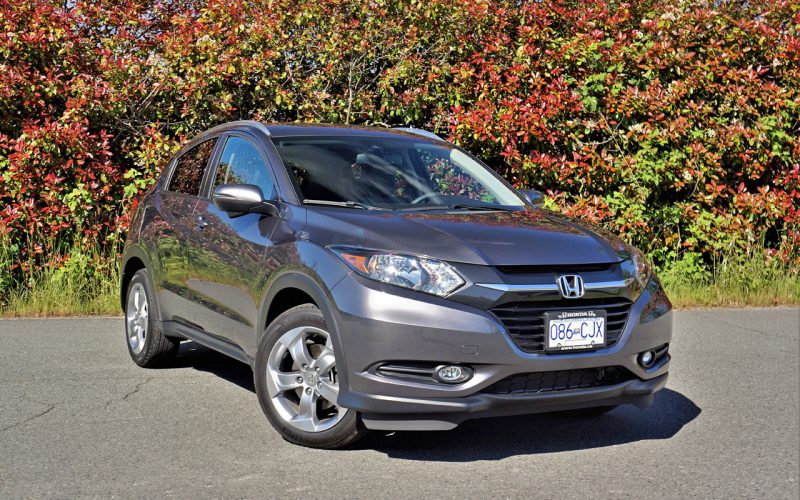
Reading Time: 8 minutesHonda is calling 2022 the “Year of the Crossover,” partially due to 2021 being the year

Reading Time: 10 minutesHonda has been a strong player in the subcompact crossover market for decades, although only chose

Reading Time: 7 minutesTwo years ago Honda hadn’t even staked their claim in the burgeoning subcompact SUV category, but
© 2025 The Car Magazine. All Rights Reserved, Privacy Policy | Terms of Use